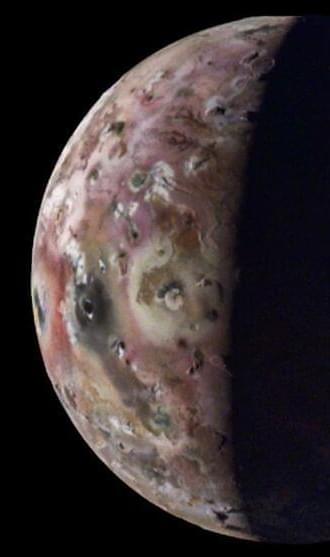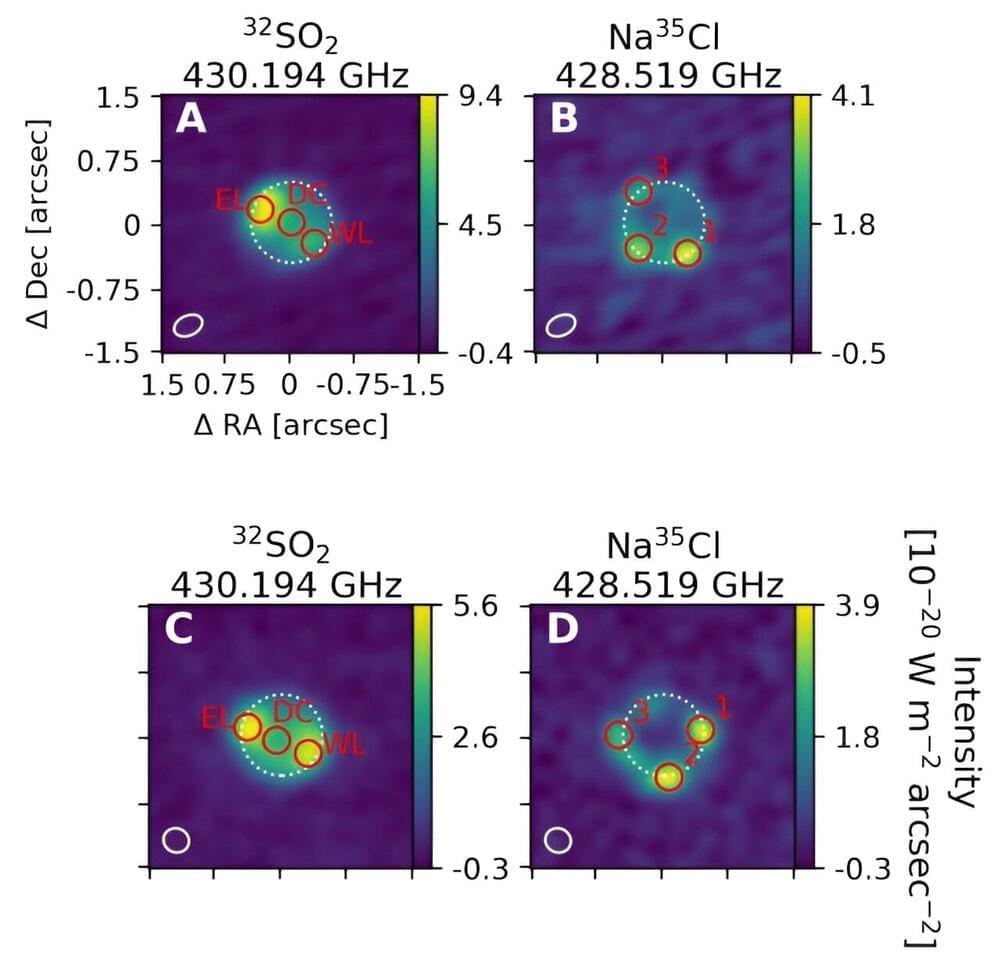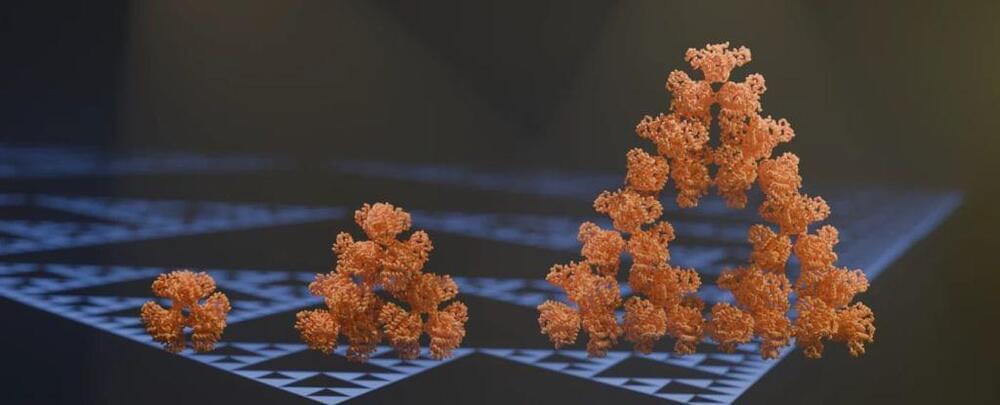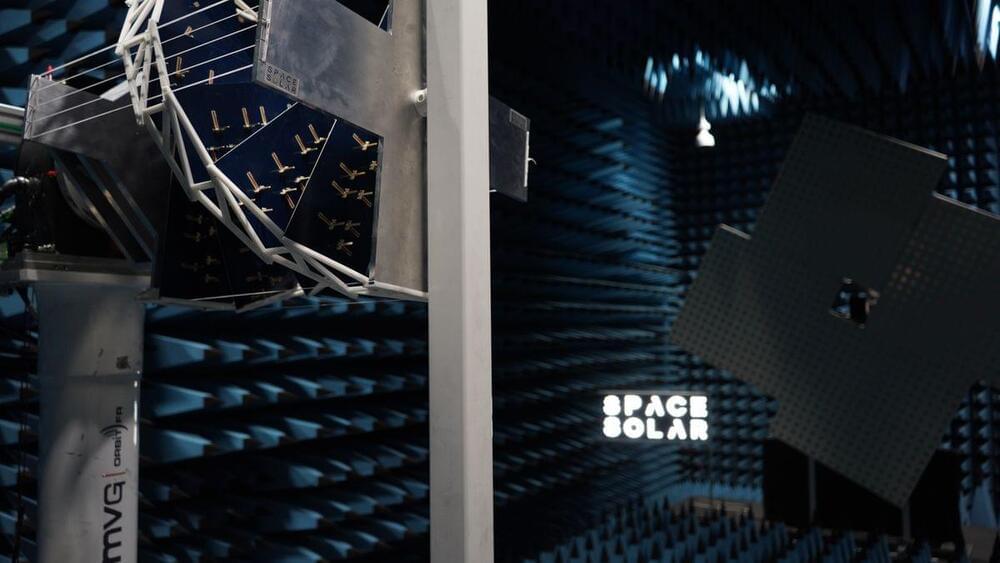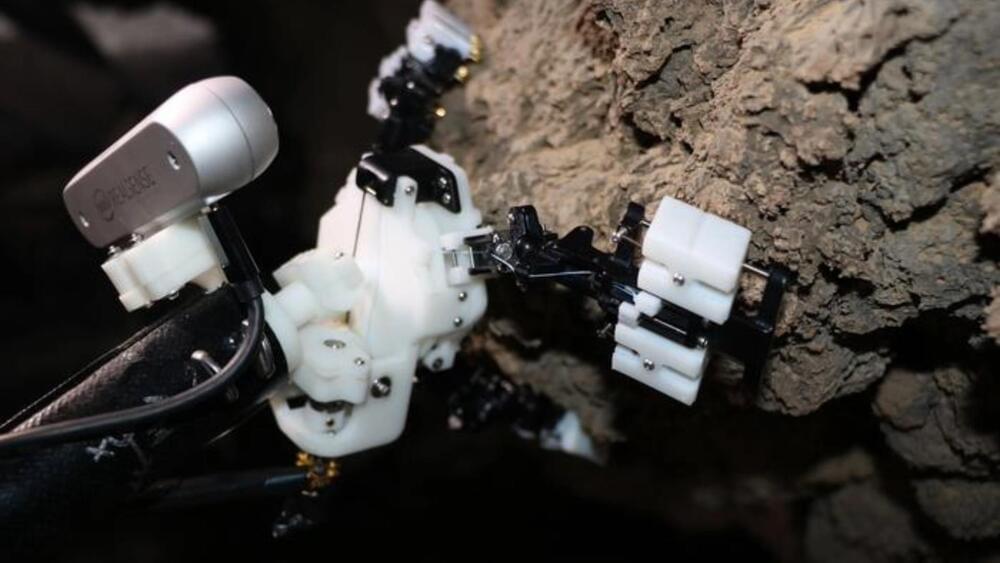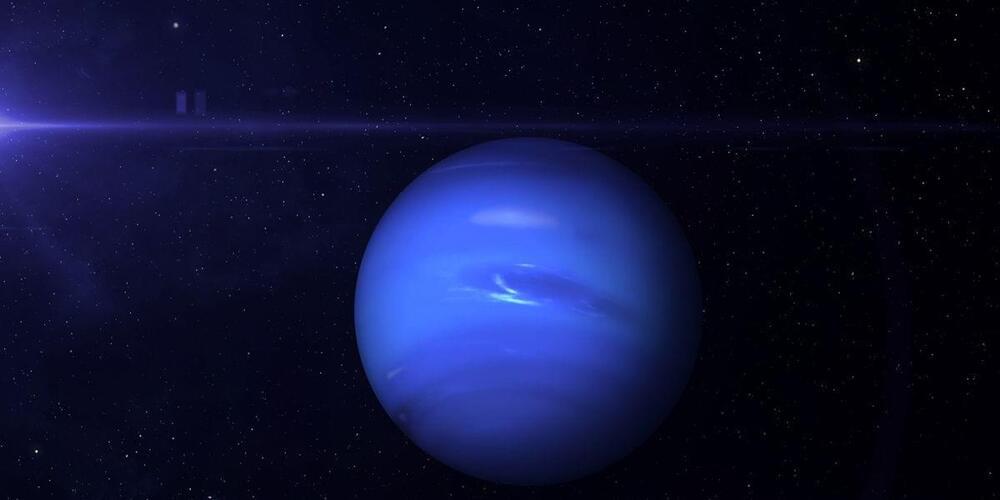Archive for the ‘space’ category: Page 78
Apr 19, 2024
Study suggests Io’s volcanoes have been active for 4.5 billion years
Posted by Dan Breeden in category: space
A team of geologists and planetary scientists from the California Institute of Technology, the University of California Santa Cruz, New York University, and NASA Goddard Space Flight Center reports evidence that Io’s volcanic activity has been ongoing since the beginning of the solar system. In their study, published in the journal Science, the group studied sulfur isotopes in Io’s atmosphere to determine how long the moon has been volcanically active.
Apr 19, 2024
First Fractal Molecule in Nature Assembles Into a Sierpinski Triangle And We Don’t Know Why
Posted by Shailesh Prasad in category: space
From the spiral arms of galaxies to microscopic snow crystals, nature seems to fall into fractal-like patterns that repeat in increasingly smaller increments. No matter how small you go, parts of the pattern still resemble the whole.
One exception appears to be molecules, which have not been known to exhibit self-similarity at changing scales. That is, until now.
Researchers from Germany, Sweden, and the UK have discovered an enzyme produced by a single-celled organism that can arrange itself into a fractal – not just any fractal, but a repeating pattern of triangles known as a Sierpiński triangle.
Apr 19, 2024
Based Solar Power May be One Step Closer to Reality, Thanks to This Key Test (Video)
Posted by Shailesh Prasad in categories: solar power, space, sustainability
Unlike solar panels on Earth, a solar power plant in space would provide a constant power supply 24/7.
Apr 19, 2024
Spider-like robot could crawl into Mars’ congested caves to hunt life
Posted by Genevieve Klien in categories: robotics/AI, space
ReachBot is inspired by the movement of the Harvestman spider, also known as a daddy-long-legs. The current model boasts a small body and long, extendable legs equipped with grippers. Moreover, the booms will allow the robot to move ahead.
These appendages allow ReachBot to navigate through the narrow passages of Martian caves to hunt for signs of life and other key resources, like water. The multiple extendable boom limbs have a three-finger gripper that clutches onto the rocks and uses them as anchor points.
Apr 19, 2024
HELIOS advanced solar sail concept
Posted by Chris Smedley in categories: innovation, space

HELIOS is an advanced solar sail concept being evaluated by NASA’s Space Technology Mission Directorate (STMD).
NASA’s STMD rapidly develops, demonstrates, and infuses revolutionary, high-payoff technologies through transparent, collaborative partnerships, expanding the boundaries of the aerospace enterprise.
Apr 19, 2024
School on Quantum Chaos
Posted by Dan Breeden in categories: education, evolution, particle physics, quantum physics, space
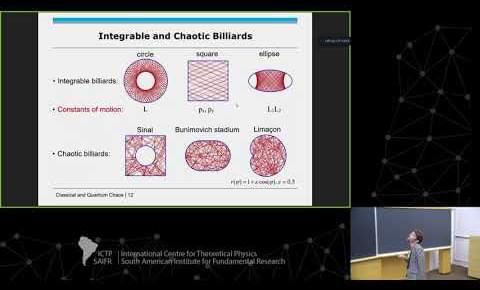
Quantum chaos focuses on the quantum manifestations of classical chaos. A characteristic of classical chaos is the exponential sensitivity of the dynamics with respect to infinitesimal changes in the initial conditions. Thus, to classify classical dynamics it is sufficient to follow phase space trajectories starting infinitesimally close to each other and to determine the evolution of their distances with respect to each other with time. Because of the uncertainty relation, this is no longer possible in the corresponding quantum system. One important aspect of quantum chaos is the understanding of features of the classical dynamics in terms of the fluctuation properties in the energy spectra of closed quantum systems or of the fluctuations exhibited by the scattering matrix elements describing open ones. The fluctuation properties are predicted to be universal, that is, to be the same for systems belonging to the same universality class and exhibiting the same chaotic behavior in the corresponding classical dynamics and to be describable by random matrix theory. Furthermore, random-matrix models that had been developed for the scattering matrix associated with compound-nuclear reactions have been shown to be applicable to quantum-chaotic scattering processes. A second important aspect within the field of quantum chaos concerns the semiclassical approach. In this context, one of the most important achievements was the periodic orbit theory pioneered by Gutzwiller, which led to understanding the impact of the classical dynamics on the properties of the quantum system in terms of purely classical quantities. The focus of research within the field of quantum chaos has been extended to relativistic quantum systems and to many-body quantum systems with focus on random matrix theory and the semiclassical approach. In distinction to single-particle systems, many-body systems like atomic nuclei do not have a classical analogue. In recent years different measures of chaos and models have been developed. Here, a prominent model is the Sachdev-Ye-Kitaev model which serves as a paradigm for the study of quantum chaos in strongly interacting many-body systems. The school is aimed at PhD students, post-docs and outstanding master students and the first part will provide a survey of single-and many-body quantum chaos and applications based on random-matrix theory and the semiclassical approach. The second part of the school will focus on current aspects of research in the context of many-body quantum chaos. There is no registration fee and limited funds are available for travel and local expenses. Organizers: Hilda Cerdeira (IFT-UNESP, Brazil) Barbara Dietz-Pilatus (Institute for Basic Science (IBS), Republic of Korea)
Apr 19, 2024
Chaos: The real problem with quantum mechanics
Posted by Dan Breeden in categories: mathematics, quantum physics, space

Check out the math & physics courses that I mentioned (many of which are free!) and support this channel by going to https://brilliant.org/Sabine/ where you can create your Brilliant account. The first 200 will get 20% off the annual premium subscription. You have probably heard people saying that the problem with quantum mechanics is that it’s non-local or that it’s impossible to understand or that it defies common sense. But the problem is much simpler, it’s that quantum mechanics is a linear theory and therefore doesn’t correctly reproduce chaos. Physicists have known this for a long time but it’s rarely discussed. In this video I explain what the problem is, what physicists have done to try and solve it, and why that solution doesn’t work. Subscribe to my weekly science newsletter: https://sabinehossenfelder.com/ You find the estimate for Saturn’s moon Hyperion in Zurek’s review https://arxiv.org/abs/quant-ph/0105127 A much easier to digest and more readable review by Michael Berry is here: https://michaelberryphysics.files.wor… you can find a brief summary on Sean Carroll’s blog https://www.preposterousuniverse.com/… 0:00 Intro 0:27 The trouble with Hyperion 4:04 The alleged solution 6:02 The trouble with the solution 7:46 What a real solution requires 10:31 Sponsor message.
Apr 18, 2024
Scientists Thought They Knew What Uranus and Neptune Were Made Of. They Were Fooled
Posted by Chris Smedley in category: space
New research unveils a surprising twist in the composition of our Solar System’s distant giants.
Apr 18, 2024
Sweden becomes 38th country to sign NASA’s Artemis Accords for moon exploration
Posted by Genevieve Klien in category: space
NASA keeps adding nations to its international commitment for responsible moon exploration.
